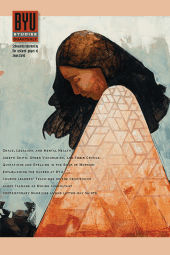Brian Stubbs, a well-respected linguist with numerous publications on the history of Uto-Aztecan (UA) languages under his belt, has finally released his magnum opus, a compendium of lexical, phonological, and grammatical data that provides evidence for infusions of ancient Near Eastern languages in Uto-Aztecan grammar and lexicon.
The claim for these infusions is based on the linguistic notion of cognate. Two words are cognate if it can be demonstrated that they both have a common historical source and that their sound (and meaning) differences are due to normally occurring linguistic change. For instance, the English words father and thin are cognate with Latin pater and tenuis. They do not look exactly alike, but the correspondences between the sounds of English and the sounds of Latin are regular and help establish these pairs of words as cognates.
